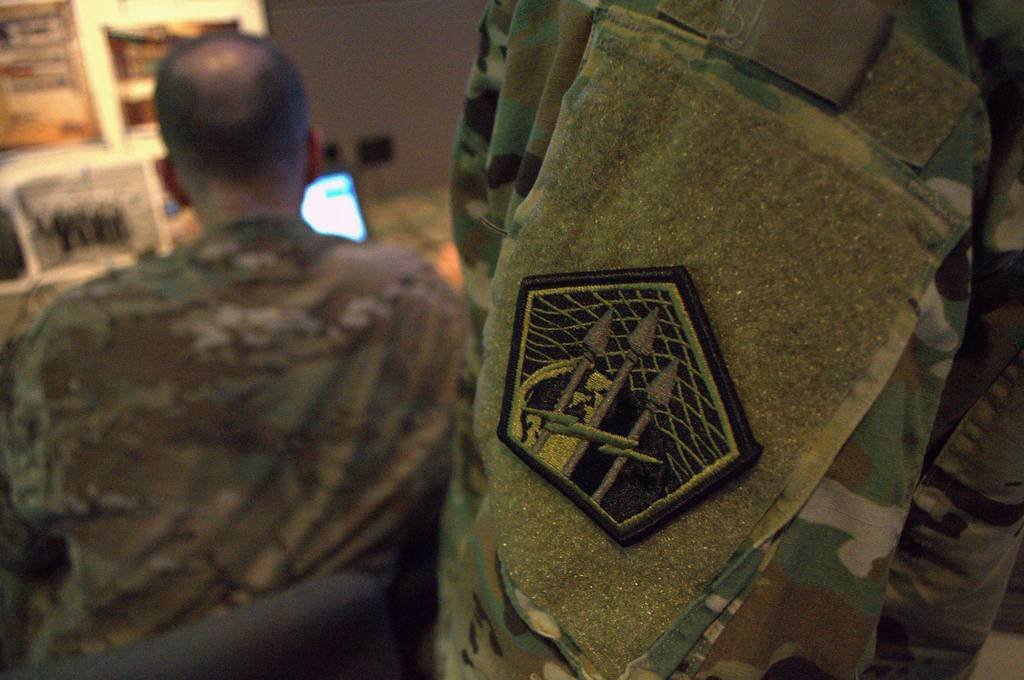As technology continues to advance, the U.S. Cyber Command’s role in protecting the nation’s digital infrastructure becomes increasingly vital. With its mission to defend against cyber threats and conduct offensive operations when necessary, the U.S. Cyber Command is at the forefront of safeguarding America’s digital domain. Despite the challenges it faces, including the dynamic nature of cyber threats, the U.S. Cyber Command remains agile and adaptable. Its collaboration with other government agencies and industry partners, as well as ongoing investment in technology and training, ensures that the U.S. Cyber Command will continue to play a crucial role in enhancing the nation’s cybersecurity and resilience in the digital age.
The U.S. Cyber Command: Protecting America’s Digital Domain
Introduction
In today’s digital age, the threat of cyber attacks has become a critical concern for governments, businesses, and individuals alike. With the increasing reliance on technology for communication, commerce, and national security, the vulnerability of digital systems to malicious hacking activities has never been greater. In response to this growing threat, the United States government established the U.S. Cyber Command to defend against cyber attacks and protect America’s digital domain. This article will explore the role of the U.S. Cyber Command in safeguarding the nation’s digital infrastructure and combating cyber threats.
What is the U.S. Cyber Command?
The U.S. Cyber Command is a unified combatant command of the United States Department of Defense responsible for conducting cyber operations on behalf of the nation’s military. It was established in 2009 to address the increasing threat of cyber attacks and ensure the readiness of the U.S. military to defend against and respond to cyber threats. The U.S. Cyber Command is tasked with planning, coordinating, and conducting cyber operations to protect U.S. interests in the digital domain.
Mission and Objectives
The primary mission of the U.S. Cyber Command is to defend the nation’s critical infrastructure, networks, and information systems from cyber attacks. It is also responsible for conducting offensive cyber operations against adversaries to disrupt their capabilities and deter future attacks. The U.S. Cyber Command works in close collaboration with other government agencies, such as the National Security Agency (NSA) and the Department of Homeland Security, to ensure a coordinated and effective response to cyber threats.
Organization and Structure
The U.S. Cyber Command is led by a four-star general or admiral who reports directly to the Secretary of Defense. It is organized into components, each with a specific role and area of responsibility. The components of the U.S. Cyber Command include the Cyber National Mission Force, the Cyber Combat Mission Force, and the Cyber Protection Teams. These units are composed of highly skilled cyber operators and experts in fields such as network security, intelligence, and information technology.
Operational Capabilities
The U.S. Cyber Command possesses a wide range of operational capabilities to protect America’s digital domain. These include the ability to conduct defensive cyber operations to secure networks and systems, offensive cyber operations to disrupt and degrade adversary capabilities, and intelligence and surveillance activities to identify and track cyber threats. The U.S. Cyber Command also plays a key role in conducting cyber exercises and training to prepare for potential cyber attacks and enhance the overall resilience of U.S. cyber defenses.
Challenges and Future Outlook
The U.S. Cyber Command faces numerous challenges in its mission to protect America’s digital domain. The rapidly evolving nature of cyber threats, the proliferation of sophisticated hacking tools, and the increasing reliance on interconnected digital systems create complex and dynamic security challenges. Additionally, the U.S. Cyber Command must navigate legal and ethical considerations in its operations, particularly in the realm of offensive cyber capabilities.
Looking ahead, the U.S. Cyber Command will need to continue to adapt and innovate to meet the evolving cyber threat landscape. This will require ongoing investment in technology, training, and collaboration with industry partners and international allies. The U.S. Cyber Command will also need to enhance public awareness and understanding of cyber threats and the importance of cybersecurity in order to build a more resilient and secure digital infrastructure for the nation.
Conclusion
The U.S. Cyber Command plays a crucial role in safeguarding America’s digital domain from cyber threats. With its specialized capabilities and close collaboration with government and industry partners, the U.S. Cyber Command is well-positioned to defend against cyber attacks and ensure the security of the nation’s critical digital infrastructure. As the threat of cyber attacks continues to evolve, the U.S. Cyber Command will remain a vital component of U.S. national security efforts in the digital domain.
